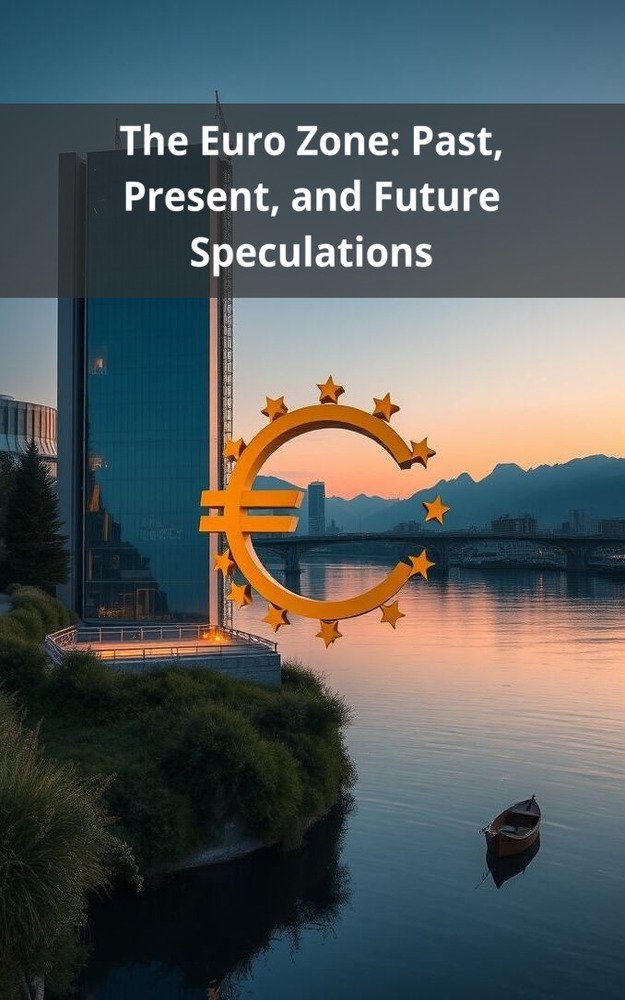Description
In this book, we take a comprehensive look at the euro, examining its history, its impact on the European economy, and its role in global finance. We also explore the challenges and opportunities that the euro faces in the years to come.
The euro was born on January 1, 1999, as a result of the Maastricht Treaty, which was signed in 1992. The treaty established the European Monetary Union (EMU), which aimed to create a single currency for the European Union. The euro was initially introduced as a virtual currency, and it became the official currency of 11 countries on January 1, 2002. Today, the euro is used by 19 countries, making it the second most widely used currency in the world after the US dollar.
The euro has had a significant impact on the European economy. It has helped to reduce transaction costs, increase trade, and promote economic growth. However, the euro has also been criticized for its perceived rigidity and lack of flexibility. Some argue that the euro has made it more difficult for countries to respond to economic shocks, such as the financial crisis of 2008.
The euro has also played a major role in global finance. It is the second most important reserve currency in the world, and it is used in a wide range of international transactions. The euro’s strength and stability have made it a popular choice for investors and businesses around the world.
However, the euro faces a number of challenges in the years to come. The eurozone crisis, which began in 2010, has raised questions about the sustainability of the euro. The crisis has led to high levels of unemployment and government debt in some countries, and it has put pressure on the European Central Bank to take aggressive action to support the euro.
The euro also faces challenges from the rise of cryptocurrencies and other alternative forms of payment. These new technologies could potentially challenge the euro’s dominance in global finance.
Despite these challenges, the euro remains a key part of the global economy. It is the currency of the European Union, and it is used by millions of people around the world. The euro’s future is uncertain, but it is likely to remain a major player in global finance for many years to come.
In this book, we explore the euro in detail. We examine its history, its impact on the European economy, and its role in global finance. We also explore the challenges and opportunities that the euro faces in the years to come.
If you like this book, write a review!
Language : English
Dimensions : 6 x 9 inches
Pages : 184 pages
Pasquale De Marco stands as a prolific author whose literary prowess knows no bounds. With a passion for storytelling that transcends genres, he has made a name for himself as a versatile writer with the extraordinary ability to captivate readers across diverse literary landscapes. His journey as an author is marked by an insatiable curiosity, a love for the written word, and a relentless commitment to sharing knowledge and experiences with the world.
Pasquale De Marco collaborates with a dedicated team of ghostreaders who assist him in evaluating and editing the manuscripts. His collaborators are not only skilled professionals but also avid readers who purchase and read books as a personal hobby. This unique blend of creativity allows Pasquale to push the boundaries of traditional publishing, making literature more accessible and diverse.






Reviews
There are no reviews yet